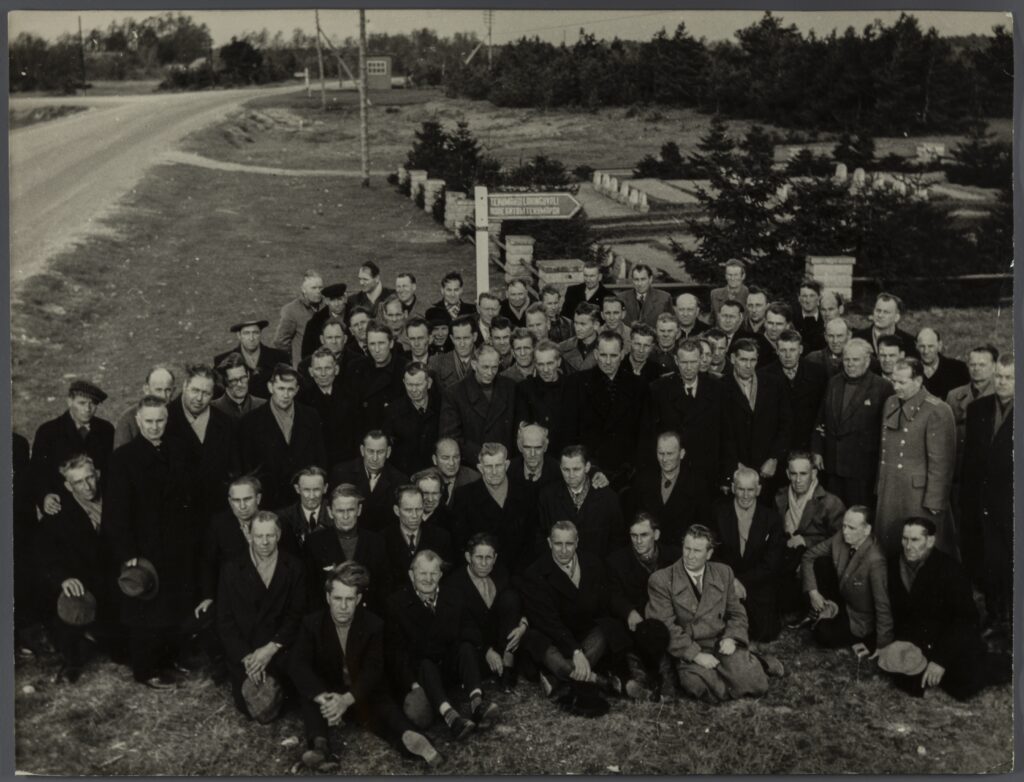The myth of the Tehumardi was cast in concrete in 1967 – the fiftieth anniversary of the October Revolution – when the current memorial was built near the battle site to replace the modest monument. Later, a field of memorial stones was added. The monument was unveiled on the 25th anniversary of the founding of the Estonian Rifle Corps.
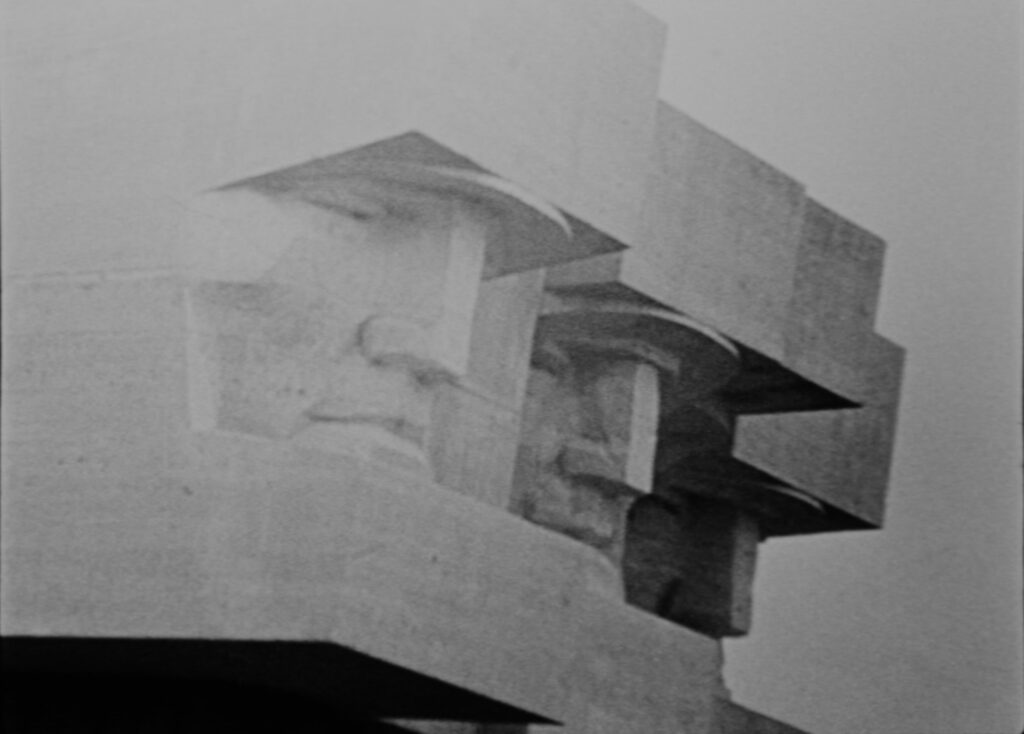
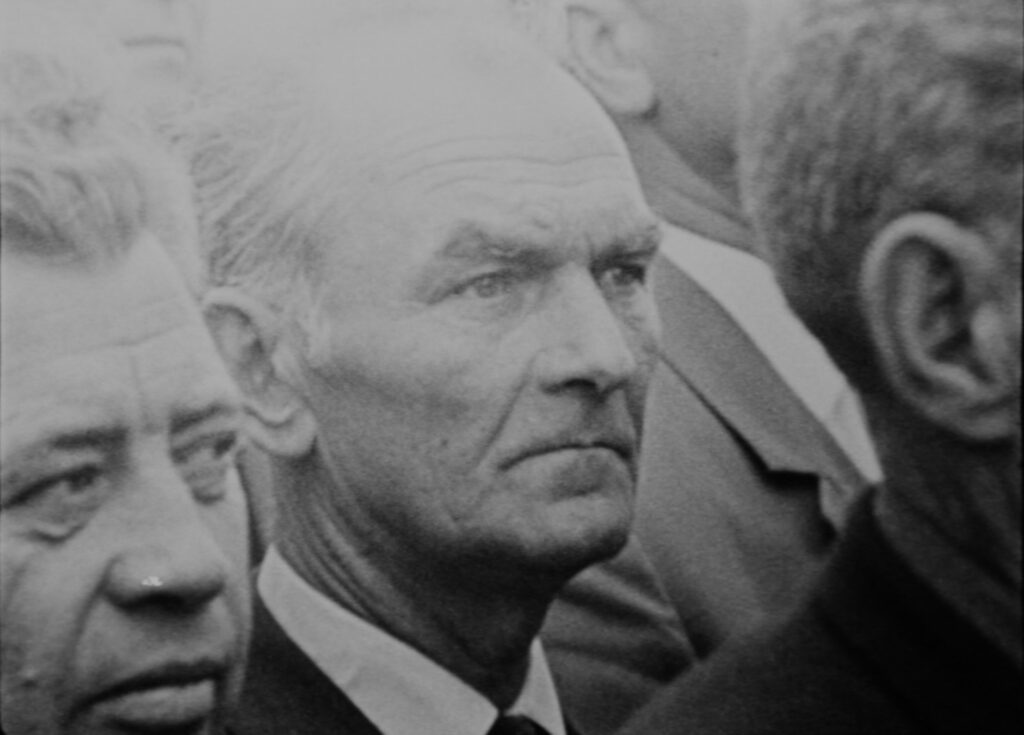
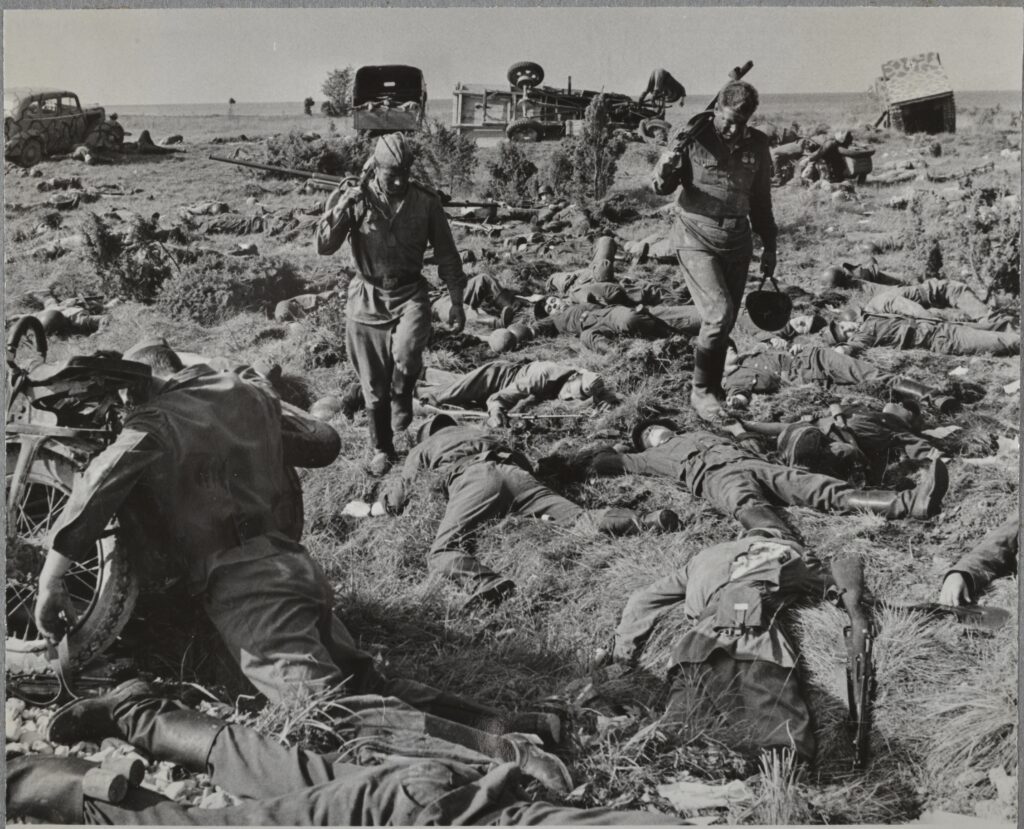
Unlike many other monuments dedicated to the Red Army, it became a kind of special memorial to Estonian Red Army soldiers. The latter had joined the Soviet army mainly by force. They had been subjected to years of hardships in the Arhangelsk and Ural labour battalions and in the mass battles of the Red Army, and had then returned to Estonia unexpectedly, as ‘prisoner-releasers’. In the aftermath of the war, they became the privileged social group of the new Soviet era – in the words of writer Ralf Parve, “a true generation of winners”.
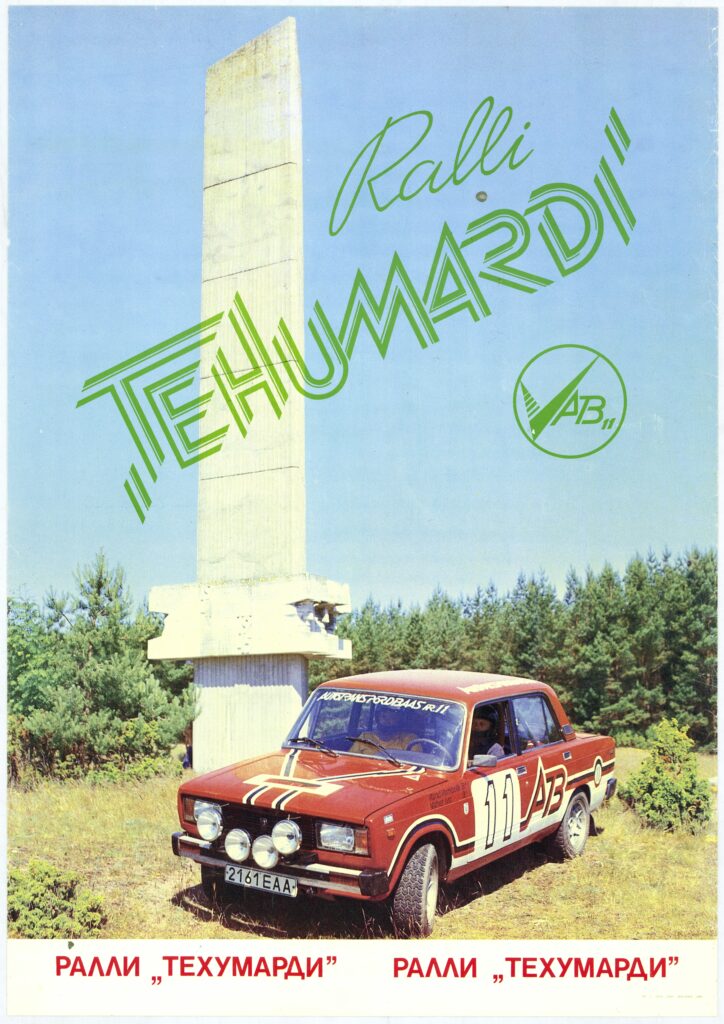
Tehumardi became a beloved place of remembrance for veterans of the Rifle Corps, where the veterans’ councils of the units organised visits, ceremonies and other events. The memory of the battle had already been engraved in a book in the form of the popular novel “Enn Kalm’s Two Selves” (1961) by the former Rifle Corps scribe Paul Kuusberg. The battlefield was made even better known by the 1968 war film Men in Soldier’s Overcoats, based on Kuusberg’s novel (directed by Jüri Müür, who fought on the German side). This was followed by a number of commemorative collections and thematic discussion groups. In 1974, the annual Tehumardi Rally (now Saaremaa Rally) was launched in honour of the “liberation battles” in Saaremaa. The battle was still a part of local memory culture in the 2000s, when it was still possible to buy bitter “Tehumardi battle beer” from Saaremaa.
